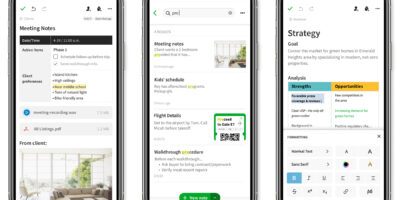Money pools are nothing new, but anyone who has ever participated in one understands their inherent problems. Not everyone equally participates, levels of commitment waver and soon everyone finds out that friendships and lending relationships often don’t end well. But now there is technology. If nothing else, technology keeps us honest and accountable. A new Yahoo finance app called Tanda is easing all those messy pre-tech pain points. Here’s what you need to know.
The Android app is available through Yahoo Finance and an iOS version is forthcoming. The app was inspired by a 2016 financial report that revealed 46 percent of Americans would be unable to face a $400 emergency. Simon Khalaf, head of Yahoo’s Media Business and Products division, was prompted to create Tanda as an answer to this problem.
Khalaf told TechCrunch that the app is aimed at millennials who are already actively using social sharing apps. Unlike Venmo and other peer-to-peer sharing, Tanda’s framework is based on an old concept called “rotating savings and credit associations” or ROSCA. This concept uses positive pressure from small groups or communities to encourage individuals to pool money.
Tanda takes it a step further by offering incentives and penalties within its sharing circles. Everyone in the circle, which ranges in size from five to nine people, is vetted by Tanda. Users must have a bank account and valid U.S. identification forms. The pool limit is $2,000 and if any user fails to make their monthly contribution and drops out of the pool, Tanda will cover that portion until a replacement is found.
Once accepted and contributing into the pool, individuals receive a position. A user’s position determines when they will receive the entire pot. Individuals in the top positions will receive the pot first, but they will have to pay a withdrawal fee. Individuals who are lower in position will receive a bonus when they withdraw the pot, this incentivizes individuals to wait before withdrawing. Users also receive a Tanda score that is based on their contributions. The higher or more frequent the contribution, the higher the score. This translates to better positions in the queue and access to higher savings circles.
The app won’t replace credit cards entirely. A user must contribute to the pool, but it is one way for millennials and others to access emergency cash without accruing more debt.


